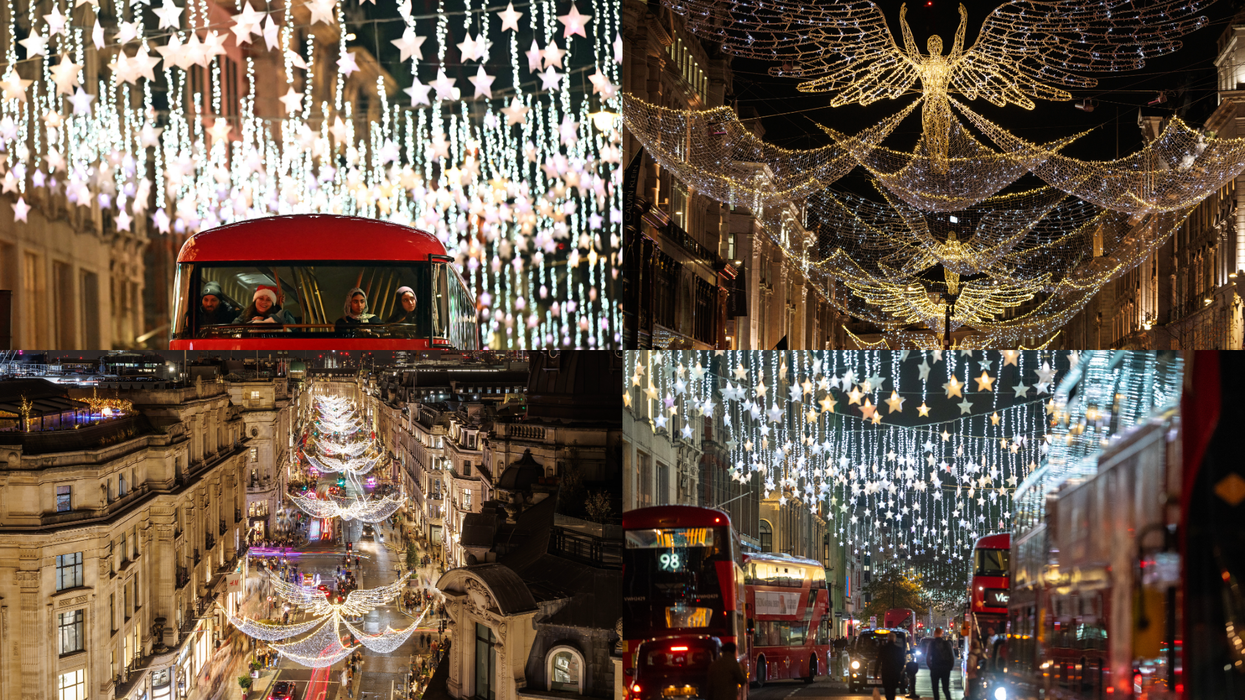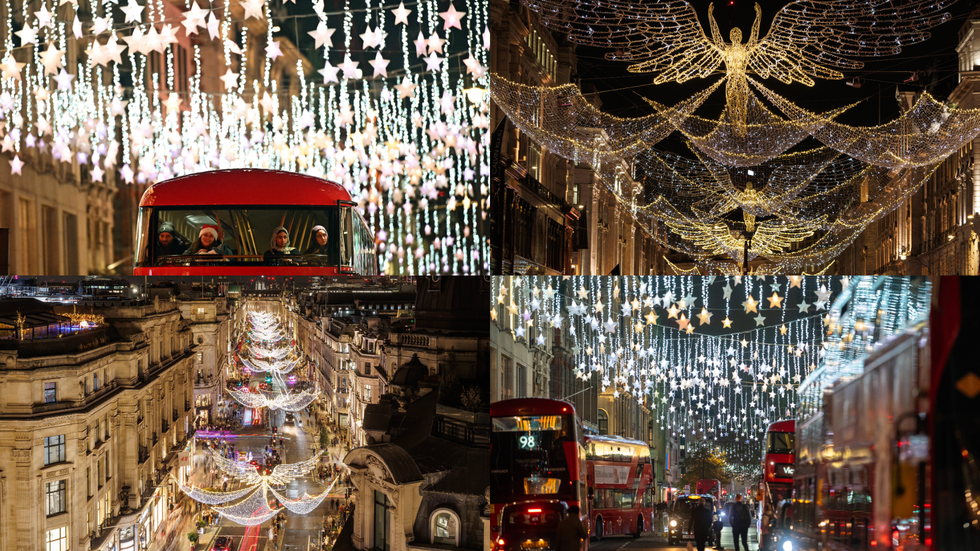WATCHING films, combined with a deep love for performing from a very young age, first connected Laila Zaidi to acting.
She went from performing in front of her family with mini concerts at home to carving out a successful career as an actress, which has seen her combine winning work on stage with top TV roles in shows such as Benidorm, Ackley Bridge and Doctors.
The versatile performer has taken on the title role in new theatre musical Frankie Goes To Bollywood, which revolves around a British Asian girl being swept up into the bright lights of Hindi cinema.
The latest offering from leading theatre company Rifco embarks on a mammoth tour this month, which goes across the UK until July.
Eastern Eye caught up with the actress ahead of the premiere at Watford Palace Theatre on Thursday (25) to discuss the play, Bollywood and her biggest inspiration.Tell us about Frankie Goes To Bollywood and the character you play?
This show is so full of heart, passion, and powerful intention. I play Frankie, a young girl from Milton Keynes who gets swept into the world of Bollywood and all that it entails. She meets some incredible characters along the way and learns what it means to find a ‘home’ in the people you love.
What is the biggest challenge of playing this role?
I’d say the biggest challenge is wanting to marry the intricacies and authenticity of the character and the Bollywood dance, while honouring the incredible script and remembering all the lines at the same time - not sure it ever gets any easier.
What is your favourite moment in the show?
I absolutely cannot tell you because it’s a surprise moment, but I implore you all to come see it. The lights, set, costumes and cast are simply out of this world.
How does this show compare to your other work?
It’s a different world to other musicals or TV programmes I have done, so it’s been such an exciting challenge diving head-first into the world of Bollywood.
I’m learning so much, and grateful for the creative team, who are so kind, patient and very informative.
How do you feel ahead of the tour?
Excited. I haven’t toured for a few years, so other than most likely packing far too many clothes and not being able to carry my cases, it should be fun.
Who are you hoping this show connects with?
I hope this show connects with every single person who comes to watch. There’s something so special about being in a room of pure south Asian talent, telling a south Asian story. But that doesn’t mean it’s not going to connect with western audiences too.
I think everyone can relate to feeling lost in life, yearning for somewhere to belong. ‘Hope, love and heroes who always come through!’ If I can inspire one person who feels they’ve never seen representation like this on stage, or another, who wants to pursue this career and leaves with a fire in their belly, or simply, someone who goes home humming a tune with a happy heart, then my job here is done.
What is it like working with an iconic British Asian theatre company like Rifco?
I’ve had the pleasure of working with Rifco for over five years now, workshopping this show.
I can’t put into words what they mean to me. It feels like family. I’ve never felt so safe in a room to make mistakes or just be myself. They really do take care of us. I’m so grateful to everyone at Rifco for this opportunity and hope I do them proud.
How do you feel being on stage?
I absolutely love it. It’s hard to explain really, but it just feels right.
What is your favourite Bollywood movie of all time?
I can’t pick one. I’ve been doing lots of research and have ended up watching so many that I have loved.
My cousin from Pakistan has been sending me endless recommendations - I need more hours in my day.
Which Bollywood leading lady do you most admire?
I have sort of fallen in love with Deepika Padukone – she oozes class and elegance and is so talented. I’d say she is big goals.
What inspires you?
My family. My mum and dad, for being the world’s most supportive parents. They have travelled the world to watch me perform and been through every high and low with me. They have always believed in me even in moments where I doubt myself. Everything I do, I do for them.
I’m also doing this for my grandparents. Grandad, who is sadly no longer with us, took me to every single drama school audition when I was 18 and taught me how to use the Tube (with a map). I remember one of the last conversations I ever had with him, he said he wished he could see me on stage in London for one final time. This one’s for you, grandad.
Why should we watch Frankie Goes To Bollywood?
Because this show is nothing like you’ll have ever seen before. It’s been years in the making.
We have all worked so hard and it shows. The score is absolutely beautiful.
As I’ve said previously, the costumes, script, dancing, singing and cast are so talented. There is nothing like this in any theatre in this country – we need to shout louder for the people at the back. Please come support us and tell all your friends. And make sure to come and say hi afterward.
Frankie Goes To Bollywood is being staged at Watford Palace Theatre from Thursday (25) until May 11 before embarking on a UK tour with shows in Manchester (May 15-25), Hayes (May 28-June 1), Hornchurch (June 4-9), Wolverhampton (June 11-15), Bradford (June 18- 22), Windsor (June 25-29), Coventry (July 2-6), Cardiff (July 16-20). www.rifcotheatre.com





 The Christmas light walks in central London that still feel festive Getty Images
The Christmas light walks in central London that still feel festive Getty Images 






